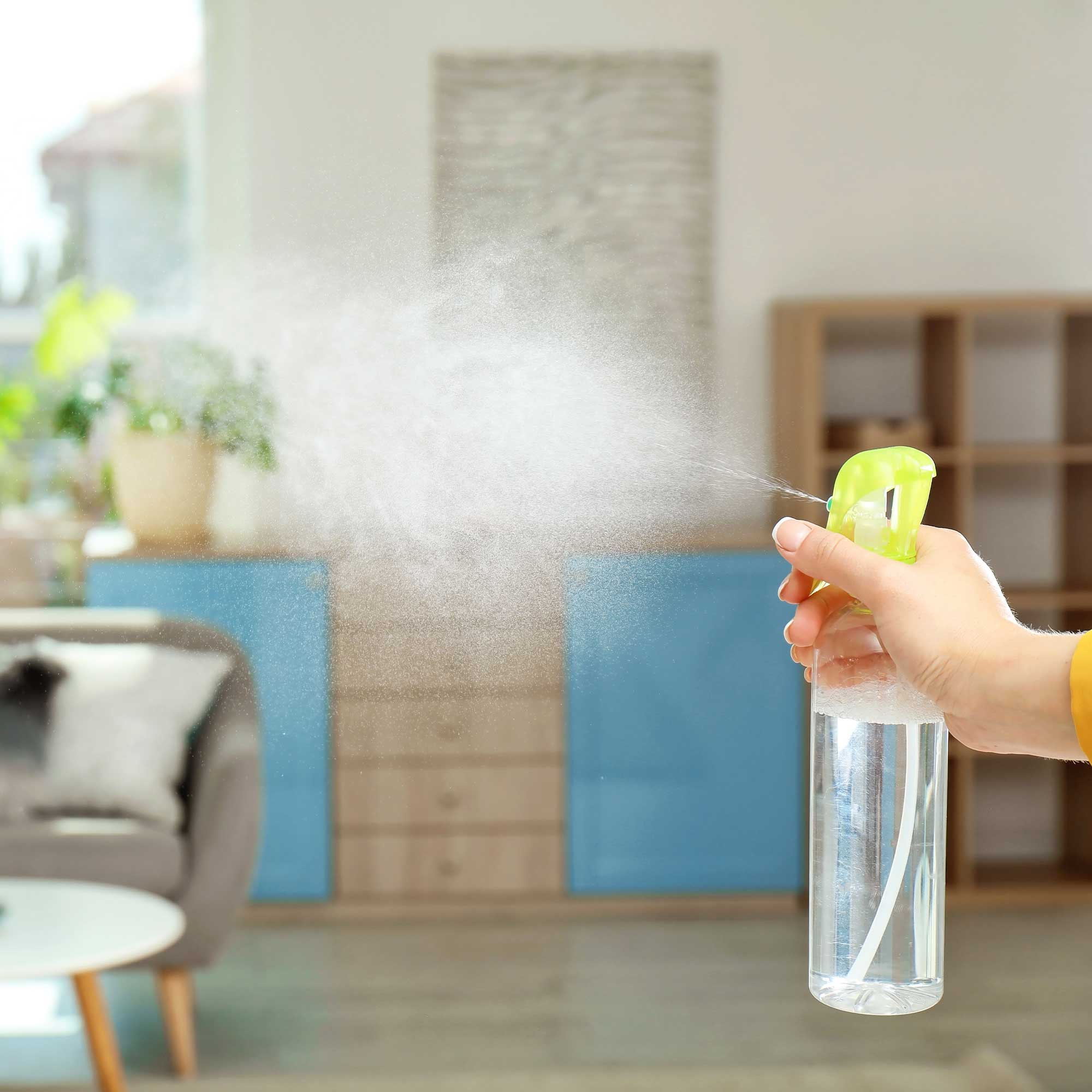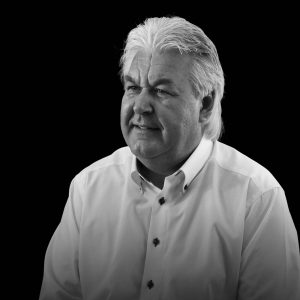There are many different and ingenious ways of perfuming a room and today’s air fresheners come in the form of solids, mists, sprays and gels. Paul Wonnacott, Managing Director at Vectair Systems, discusses the pros and cons of each format, how they work and what the future holds for fragrance systems.
It’s an exciting time for the aircare industry. Experts have estimated that the global air freshener market is set to increase from ten billion dollars (8 billion pounds) in 2016 to twelve billion dollars (10 billion pounds) by 2023. As manufacturers, we are constantly listening to the market and creating newer and better solutions. We know what our loyal and traditional cleaning sector wants but we also know that our audience is growing. Scent is appealing to more and more markets including hoteliers and retailers.
High end hotels traditionally used candles and reed diffusers in their lobbies but they are realising the powerful effects of being able to control their fragrance output. They want more powerful fragrance that lasts longer. They want cleaner solutions that have less of an impact on the environment. This provides a huge opportunity for us to innovate and experiment with new ways of scenting a space and reaching out to these markets. That can only mean better outcomes for the cleaning sector too.
It used to be all about disguising bad odours, and replacing them with a fresh scent. Now we are tasked with creating an experience with fragrance. Citrus has always been a staple scent for the public washroom – and in many ways it still is – but more refined scents are emerging and we are starting to see ‘trends’ like they have in the consumer perfume market. We are putting much more thought into the effects that air fresheners have on global warming, and telling stories about where our products come from and what they are made of. Dispenser design is also becoming more sophisticated, as now we are placing a greater emphasis on aircare products being part of the wider landscape.
It has been a long time since aerosols ruled the aircare market. On offer now are solid fragrance cartridges, gels, nebulizers, atomizers, diffusers… each solution providing different advantages and disadvantages. We can categorize air fresheners into two main groups – powered and passive. ‘Powered’ means that an air freshener refill sits in a dispenser and needs either batteries or mains power to work. ‘Passive’ means that the air freshener works without a power source and instead needs just air to function. We can also categorize air fresheners by those that are continuous and those that are instant action.
Metered aerosol pump sprays are what we traditionally see in the public washroom. Aerosols contain two different substances; the liquid fragrance and a pressurized gas called a propellant that helps to push the liquid product out into the air in the form of a spray. There is a valve at the top of the can which has a spring to stop it staying permanently open. When you force the button down against the pressure of the spring, the valve opens and reduces the pressure at the top of the can, allowing the contents to escape. Release the button and the spring closes the valve again. One benefit of an aerosol air freshener is that it usually comes in a fully programmable dispenser, allowing you to program it depending on location. Some dispensers offer an extra fragrance boost during busy periods. Metered valves mean that each spray delivers the exact same dose of fragrance each time. Dispensers are battery operated and battery life is good. Users can fairly accurately predict the end life of a cartridge, and programmable dispensers will tell you when a cartridge needs to be replaced. The dispenser can be wall mounted which saves on counter top space, and even though it is up on the wall, it should be fairly easy for whoever is servicing the dispenser to change the cartridge. Aerosol dispensers are usually lockable so that they can’t be easily vandalized.
The main negatives are that there is a lack of torque due to being powered by batteries, resulting in a heavy mist, or poor atomization. Fragrance falls very quickly and can create ‘pooling’ beneath the dispenser (sometimes on counter tops or fittings). Fragrance coverage is reasonable, but has a short ‘hang’ time so the impact of the air freshener is challenged. Aerosol sprays are prone to dripping from the nozzle especially when batteries are low. They can also be moderately noisy on actuation (hands up who has been startled by an aerosol air freshener spraying in a quiet washroom). The use of propellants in aerosol sprays isn’t dangerous but it’s also not the most environmentally friendly, so many consumers are choosing to go ‘propellant free’ by using other forms of air freshening systems.
The technology behind nebulizer air fresheners, including vibrating mesh technology, originated from the medical profession. In medicine, a nebulizer is a drug delivery device used to administer medication in the form of a mist inhaled into the lungs. In the air freshener market, nebulizers have the capability to fill large spaces with safe formulations of fragrance. They convert liquid fragrance oil (without all the chemical ingredients) into a fine vapor which is pushed out into the atmosphere via a pump. In vibrating mesh technology, a mesh or membrane with 2,000 laser cut holes vibrates at the bottom of a reservoir, and thereby pressures out a mist of very fine droplets through the holes.
Ultrasonic diffusers are similar but they use water as a transference method – the fragrance oil sits on top of the water and ultrasonic vibrations are created to agitate the water causing the separation of the oil molecules, which releases fragrance particles into the air with a fine mist. Essential oil diffusers can also act as humidifiers, but the amount of moisture added to the air is minimal. These types of air fresheners are good at scenting small spaces, but they are less effective in terms of fragrance strength and are limited in where they can be placed due to their design criteria.
Solid air fresheners are a good example of ‘passive’ dispensers that don’t need batteries or mains power to work. Passive solutions include wicks (candle wicks for example), reed diffusers and gels. Gels are simply fragrance oil in a solid form – the evaporation process gradually releases fragrance oil into the air. Candles set the scene and can provide a wonderful atmosphere, but there is always the danger of fire, as well as concern over the nasty chemicals that candles can emit. Reed diffusers look appealing, but are open to be vandalized or stolen, and can also be dangerous to young children who might tamper with them.
Solid air freshener systems provide continuous fragrance to small to medium sized spaces, in a safe and discreet dispenser. They can be made up of an inner core and an outer material, which can contain different fragrances, allowing for a multi-phasing effect. The outer cartridge is infused with high-quality fragrance which evaporates at a different speed to the core. Consumers tend to appreciate the materials used in solid air fresheners, with ingredients like seaweed and materials like EVA (ethylene-vinyl acetate). One big advantage of a solid air freshener is that it is simple to use – there is little human interaction required and the system can be left to run by itself. It is ideal for smaller or harder to reach areas like lifts and corridors…
Read the full article in the September version of the European Cleaning Journal (page 36-38).





